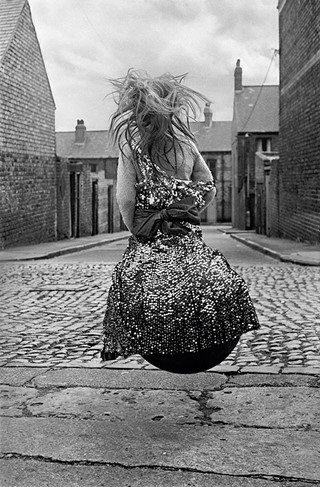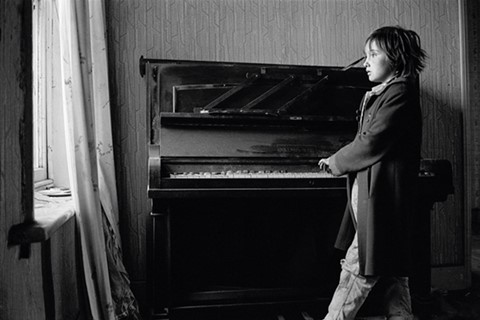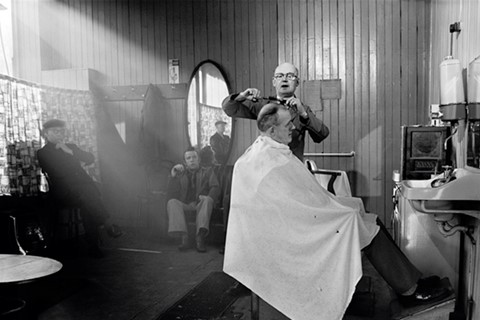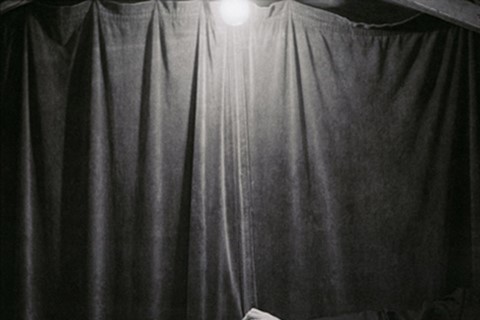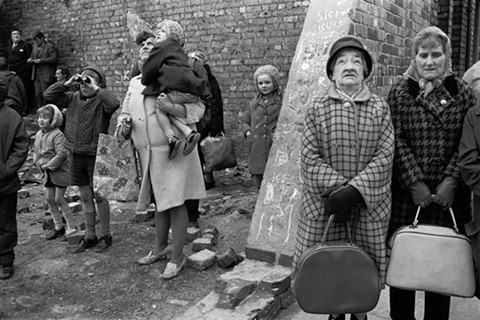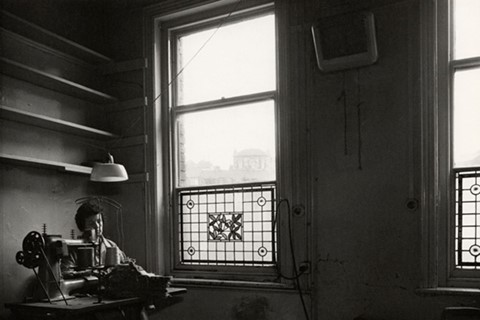A new exhibition gives us a wecome and timely chance to revisit Sirkka-Liisa Konttinen's moving portraits of a now-extinct Britain
Who? For almost 50 years, the Amber Film and Photography Collective created and collected work to represent marginalised communities and their disappearing landscapes. “We felt that the working class were not represented and if anything, were parodied rather than given a genuine voice,” explains Finnish photographer and founding member Sirkka-Liisa Konttinen. This week, Newcastle’s Laing Gallery will present a retrospective of their work, an exhibition Konttinen calls “long overdue”.
Opening the exhibition are her seminal photographs of Byker during the 1970s, produced over seven years, while living in the traditional blue collar area of Newcastle as the shipyard industry collapsed and developers fingered the area for new schemes. Alongside projects Coal Coast, The Hoppings and The Writing in the Sand, Konttinen’s work has been described as being of "outstanding national value to the United Kingdom" by UNESCO.
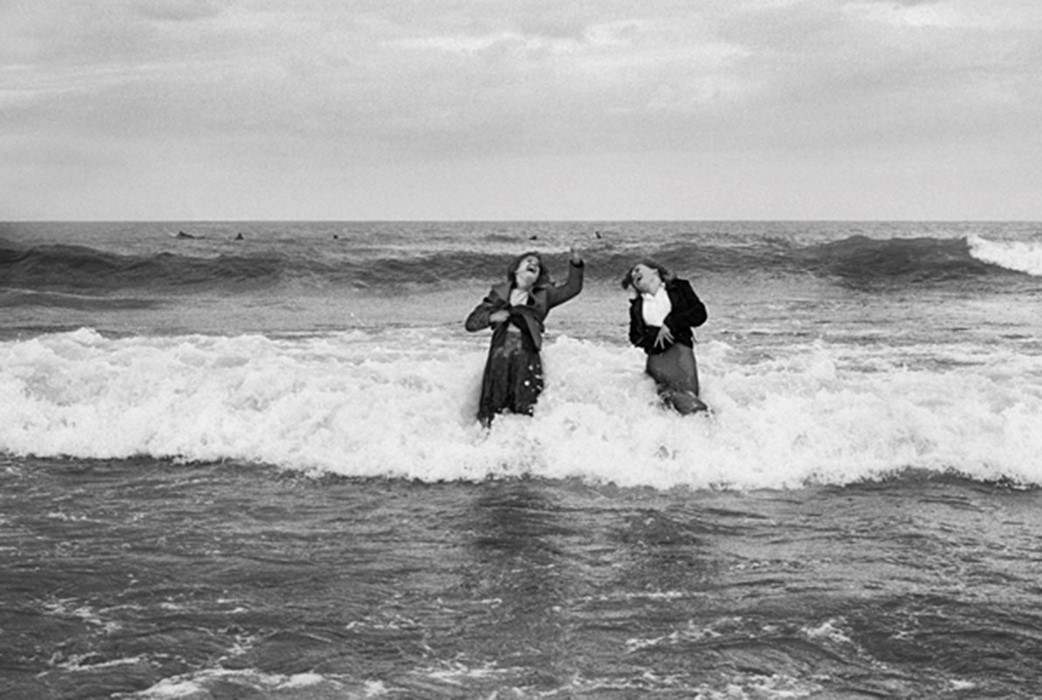
What? Row upon row of terraced houses set on the hillside, an old man inspects his pigeons, a young woman applies make-up over the kitchen sink. Konttinen renders the people living in this dilapidated landscape with charming humanity. “Newcastle was a stunning visual place to be in,” she says. Konttinen found herself in Byker by coincidence, but realised it was symbolic of the regeneration projects happening around Britain at the time. “It was never a slum, it was always a very proud community established over generations, and they wanted to stay that way. But the gap between demolition and the houses being built was years, and people had to move out and never came back.”
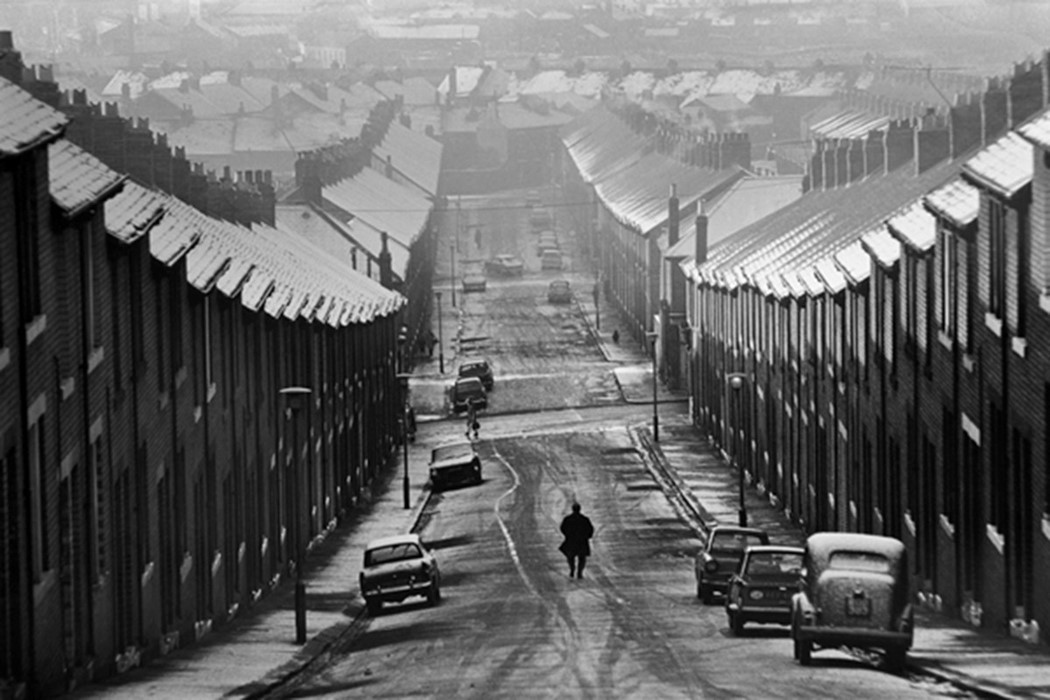
The resulting body of work, from street photography to composed portraits in people’s homes, finds a resilient and proud human spirit amid the outwardly harsh living spaces. When the developers finally moved in, she moved on to other projects, but her photographs toured the world as social documentary and sublime compositions.
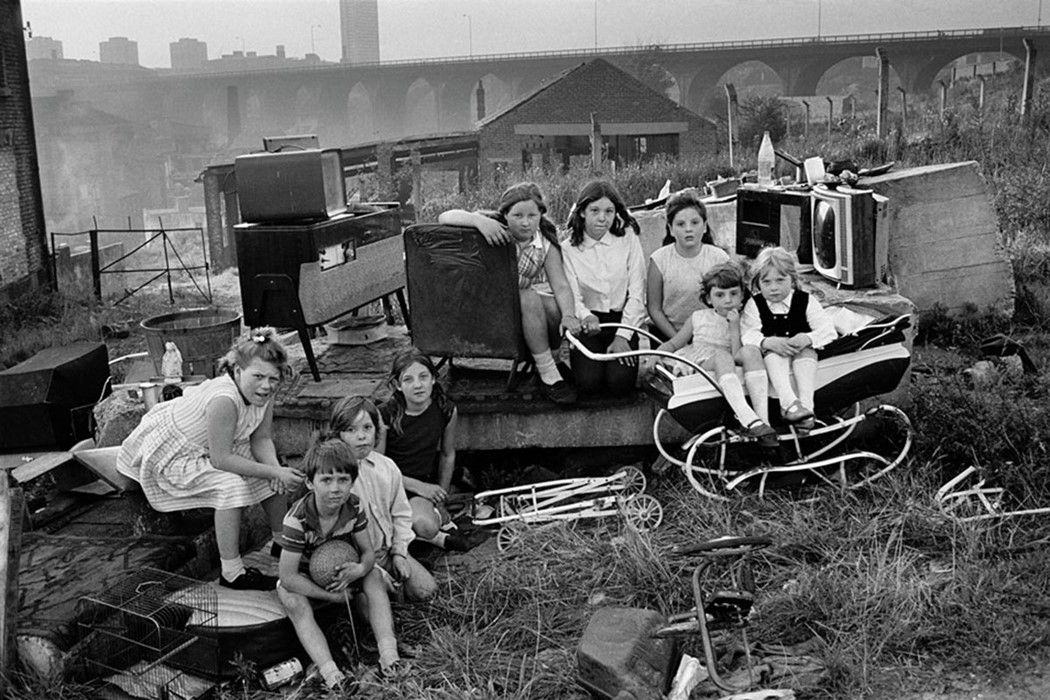
Why? As social documentary as art form enjoys favour anew, this internationally acclaimed portrait of extinct Britain makes for powerful viewing. What’s more, Konttinen returned to Byker in the late 1990s and shot new residents, including new asylum seekers, for Byker Revisited. Many of the old families were all but gone and she found a troubling shift in tempo. “What you see as poverty in the old Byker was really just neglect,” she explains. “The community were very proud and I used to see women regularly scrubbing their own doorsteps, the streets were kept clean. People looked after each other. The difference I see now is that unemployment is in its second or third generation, which has resulted in a very different kind of poverty. There are houses where even the police wouldn’t approach.”

Amber set out to represent the working class, and in a new age of austerity, Kottinen sees their message as more relevant than ever. “This government is not going to be good, we already know that,” she says. “It’s going to cause a lot of homelessness and suffering. It’s not just affecting the poorest, but the next poorest too with the Tax Credits disappearing. It’s terrifying.”
